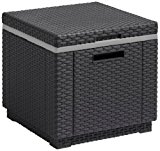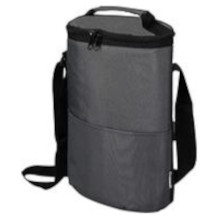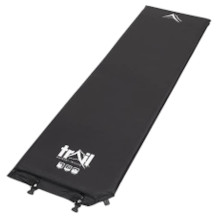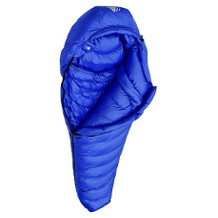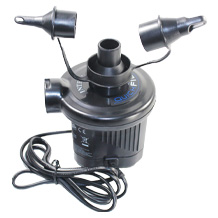Portable gas grill purchasing advice: how to choose the right product
- What you need to know
- The portable gas grill is a particularly compact form of gas grill.
- It can be easily stored in the car or used on the balcony.
- On a portable gas grill, there is enough space for food for two people.
- A gas cylinder or cartridge is required for operation.
Barbecue to go
Camping is one of the most popular ways to spend the vacation. It combines the stay in nature with certain advantages of civilization. How much equipment is taken along is a matter of taste. But what no one wants to do without is a hot meal. Those who attach importance to the culinary offer will not be satisfied with a small camping gas stove. Portable gas grills are small grills that fit in almost any car. So you can enjoy all the benefits of grilling even when you’re on the road.
The biggest difference from a traditional gas grill is that a portable gas grill is smaller and more compact. It being portable, it is easy to store and take with you on camping vacations. It also makes a good small grill for the balcony. Many portable gas grills are designed as suitcase grills, which makes it even more convenient to carry.
A portable gas grill doesn’t differ from a conventional gas grill in the way it works. It has a grilling surface, as well as usually a lid and a temperature regulator. The heat is generated under the grill grate by a gas flame — usually via a piezo ignition, which ignites the flame at the touch of a button. The grill gets its fuel from a gas cylinder or a gas cartridge, which are connected via a hose. A pressure regulator sets the gas down to the appropriate pressure.
What portable gas grills are there?
Portable gas grills are all relatively compact, but there are still variations with different sizes. If your car has limited storage space, it makes sense to bring a smaller portable gas grill. However, to cook for a family or group, a larger model with multiple cooking zones is necessary.
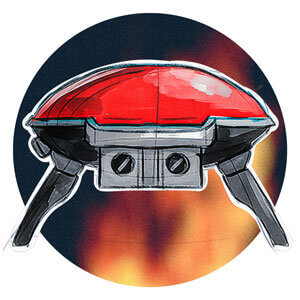
Suitcase grill
Suitcases are easy to carry, so this design lends itself to a portable grill. The suitcase grill is the most common form among mobile grills. Such a grill often has fold-out elements that allow you to expand the grilling area. Equally common are shelves and cooking plates that can be used like a pan. When folded, a suitcase grill can be easily carried from place to place and stored in the car. Suitcase grills usually have four legs, making them particularly stable. A gas cartridge is usually connected to supply fuel.
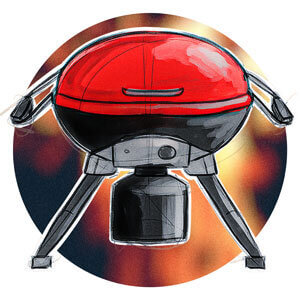
Kettle grill
Smaller versions of kettle grills are also available for camping. These are usually small three-legged grills. Many models have a handle and can be easily carried in one hand. So they are well-suited to be carried, for example on the way to the park. Smaller kettle grills are less likely to have fold-out grilling surfaces than suitcase grills and usually have only a single burner. They are therefore more suitable for camping trips for two.
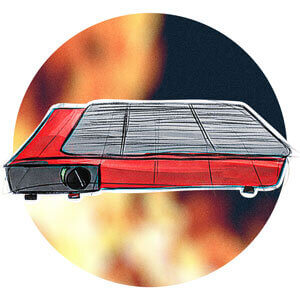
Mini grills
These very compact gas grills are sometimes so small that they can even be carried in a large hiking backpack. They appeal to those who are not satisfied with canned food from a gas stove, but want to grill even on a long hike or at a festival. Mini gas grills come in both three-legged and suitcase versions. The three-legged versions are usually powered by a gas cartridge, while a gas cylinder is connected to the suitcase. Since cartridges are easier to replace, three-legged mini grills are the more flexible option.
Important purchase criteria
The size of a portable gas grill is the most important factor; after all, it must be comfortable to transport. Consider for how many people you want to cook with the grill. If you want a large grilling surface, you have to accept a higher weight.
Grill surface and weight
The maximum size of the grill depends on how you are traveling. If you don’t have too much room for luggage, you should take a grill that is as compact as possible. In a caravan or a spacious car, even a larger portable gas grill can be easily stowed.
The smallest portable gas grills have a grilling area of about 124 square inches (800cm²), which is 12.4 x 10 inches (25 x 32cm). These very compact grills are suitable for only one person. For two people, the grilling area should be at least 155 square inches (1000cm²). Then there can be room on the grate for larger grilled food such as steaks and skewers, as well as side dishes. Many commercially available portable gas grills have a grilling surface of between 186 x 248 square inches (1200 and 1600cm²). That’s enough to comfortably cook for three to four people. With a larger barbecue party, waiting times have to be accepted, but after all, barbecuing is not about serving all the food at the same time.
Small portable grills weigh between 11 and 33 pounds (5 and 15kg), depending on their size. A small grill has a smaller grilling surface and fewer features. For example, in most cases, the lightest grills do not have side storage areas. A heavy grill also has the advantage of being particularly stable.
Number of burners
A small portable gas grill is best equipped with two burners. They provide enough power to feed a group with grilled food. The great advantage of two burners is that they can be regulated independently. Users can thus set two temperature zones on the grill, which makes it easier to prepare different foods at the same time. Some models have three or four burners, but are also correspondingly larger. Those traveling as a couple or alone can get by with a single-burner grill.
The more burners a gas grill has, the more powerful it is and the more heat it can generate. The power of a portable gas grill is expressed in watts. Common models with two burners are often in the range of around 2000W. This is perfectly adequate for a two-person barbecue. Larger portable gas grills with three burners come up to 4000W. In principle, the highest possible power is ideal; after all, it is always possible to turn down the flame.
Gas consumption
How much gas a grill consumes depends on the number of burners and the temperature setting. Gas consumption is expressed in grams per hour. A standard gas cartridge has a gas capacity of 230g. For most portable gas grills, you can expect to use at least 150 grams per hour.
Grill grate
The quality of the grill grate should not be neglected, because its condition is a decisive factor in the success of the food. For portable gas grills, mainly cast iron, stainless steel and chrome-plated grates are used.
Cast iron grills are particularly common, as the material has excellent heat storage properties. Since the grate heats up very quickly, some caution is required when grilling. Sometimes it can happen that the grilled food burns. However, experienced grill masters swear by the patina and the associated grill aromas. A cast-iron grate should not be cleaned with coarse brushes, as this will damage the patina. While the shape of the cast-iron braces does not affect the flavor, it does affect the ‘branding’ or pattern that burns into the meat. There are wave-shaped, bar-shaped, and v-shaped grates.
Stainless steel grates also have good heat storage properties and are also easy to clean. Unlike the cast iron grate, a stainless steel grate may also be treated with cleaning agents. Stainless steel is durable, rust-resistant, and can be cleaned of stubborn dirt with a steel brush. A good stainless steel grate will last a lifetime and is therefore relatively expensive. Grilling on a stainless steel grate does not develop as much heat as cast iron, so branding is less successful.
Chromed grates are sometimes found on inexpensive grills. They look like stainless steel grates, but are less expensive to produce. Chrome coatings usually contain the metal nickel, which can cause skin irritation. A damaged chrome coating often accumulates rust, making the grill grate difficult to clean. In addition, grilled food sticks to the rusted areas. So chrome grates are not particularly durable.
Gas cartridge or gas cylinder?
Whether you operate a portable gas grill with a cartridge or a gas cylinder is mainly a question of mobility. Most portable gas grills can be connected to both cartridges and cylinders. However, small camping gas stoves, for example, only work with gas cartridges.
If storage space is not an issue for you because you are traveling in a caravan, camper van, or with a large car, then the refillable gas cylinder is the best option. Gas cylinders are heavy, but they contain a lot of fuel.
But if you are going for small luggage, you should go for the gas cartridge. It is easy to replace and available almost everywhere. However, the pressure of cartridges can drop when the contents are low, and they are also sensitive to temperature fluctuations. For example, many gas cartridges fail at temperatures below 50 °F (10 °C). For safety reasons, they should also be protected from direct sunlight.
Other equipment
Practical equipment improves the grilling experience. For example, it is very useful if the grate has a surface without gaps. This can be used as a hot plate on which, for example, fried eggs can be prepared. In this way, the gas grill becomes a mobile kitchen, which allows different ways of preparation.
Most portable gas grills have a so-called piezo ignition. This allows the flame to be ignited at the touch of a button, so that users don’t have to use a lighter themselves. The mechanism, which consists of a spring, a hammer, and a crystal, creates a spark that ignites the gas.
Shelves also make grilling much easier. Thanks to them, all the ingredients are always at hand. For better storage, the grill shelves should be foldable or removable. The possibility of storing cooking utensils under the grill doesn’t exist in most portable gas grills.
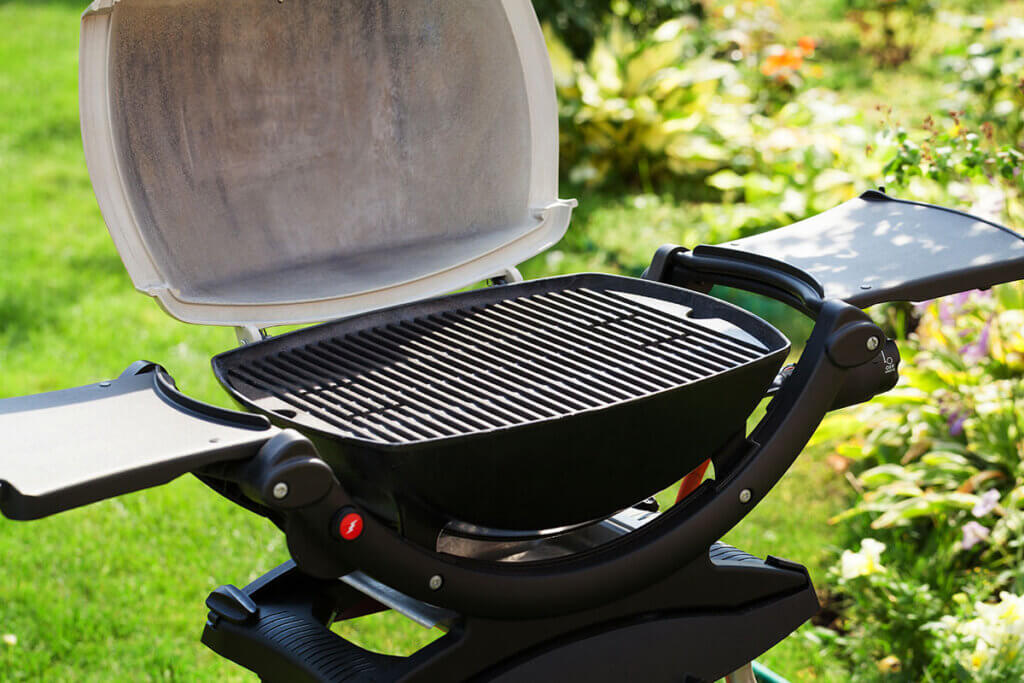
In a gas grill with a lid, an integrated thermometer is a useful extra. It allows for good control of the temperature, which is essential to the success of some dishes. If you want to prepare spareribs or pulled pork, you need to know exactly how hot it is inside the grill.
Tips for using a portable gas grill
Those who have not grilled with gas before may need to get used to a few things. A healthy amount of caution is needed when handling the grill and gas containers. An important component of gas grills that is not found on other grills is the pressure regulator.
Safety instructions
When grilling, there are basic safety rules that you should always follow for your own protection and that of your guests. Before using your new grill, read the manual to learn what to look for. You will be well advised in all cases with the following safety instructions:
- Place the grill on a stable surface
- Only use it outdoors
- Do not move the grill during operation
- Set gas regulator to “OFF” after grilling
- Close the gas supply at the container
- Do not store grill with gas source connected
There is also a certain risk when handling gas, as it is explosive. Therefore, observe the following safety measures:
- No flammable liquids on the grill
- Protect the gas cylinder or cartridge from high temperatures
- Do not use gas containers that have dents
- Check gas hose before connecting
- Store gas container upright when not in use
- Store gas container in a well-ventilated area
What is a pressure regulator?
A pressure regulator is a disk-shaped device that is mounted between the gas cylinder and the grill. It regulates the gas pressure to the optimal operating pressure so that the grill is always supplied with constant pressure.
A gas pressure regulator has a rubber membrane and a spring that ensure that the gas flows out at a steady pressure. If the pressure is too high, the mechanism closes the valve, whereupon the pressure of the outflowing gas decreases. If the pressure is too low, the valve opens, allowing more gas to flow through.
Pressure regulators are usually available in two versions: for 30 millibars and 50 millibars. The operating pressure of a grill can be found in the manufacturer’s specifications. There is usually a nameplate on the grill that indicates the required pressure. The usual pressure is 50 millibar.
Pressure regulators for gas grills must be replaced regularly, as the spring and diaphragm are wearing parts. Replacement is necessary approximately every two years.
Cleaning tips
Even with a gas grill, the grate gets dirty. It is advisable to clean the grate immediately after use. Those who have a stainless steel grate can consider themselves lucky: no other material is so easy to clean. Usually the use of water, washing-up liquid, and a sponge is sufficient. For more stubborn stains, the grate can soak in water overnight. There are many tips and tricks for cleaning, such as wrapping it in newspaper.
A cast iron grate should not be treated with cleaning agents. Over time a patina will form that protects against rust. Cleaners such as dishwashing detergent would wash this off. It is often sufficient to wipe the grate down once it has cooled. If the grill has a lid, the dirt can also be burned off. Close the lid and turn up the flame to full. The residue on the grate will decompose into ash after some time. For stubborn dirt, you can use a brass brush to gently clean the grate. It may be advisable to brush the cast iron grate with oil again afterwards.
Images 1-3: © FinalCheck | Image 4: © karandaev / stock.adobe.com

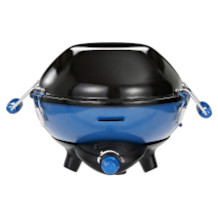
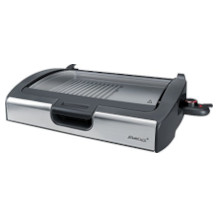
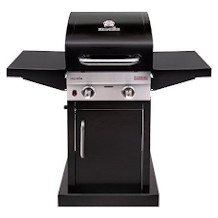
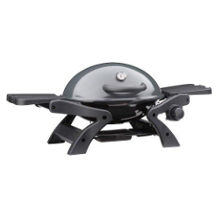
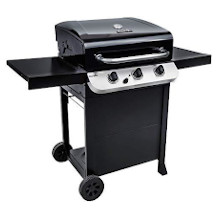

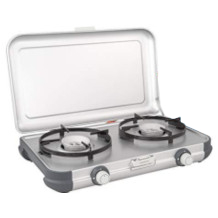
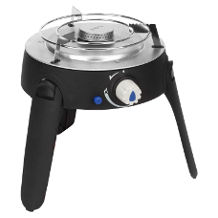
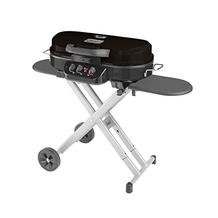
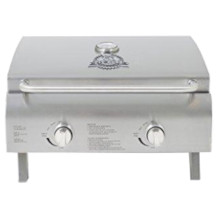
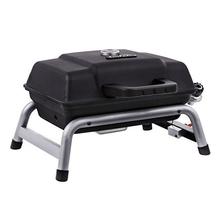
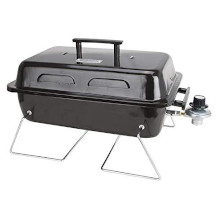
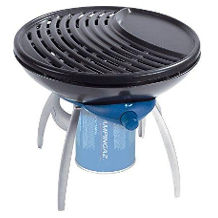

 5,425 reviews
5,425 reviews




